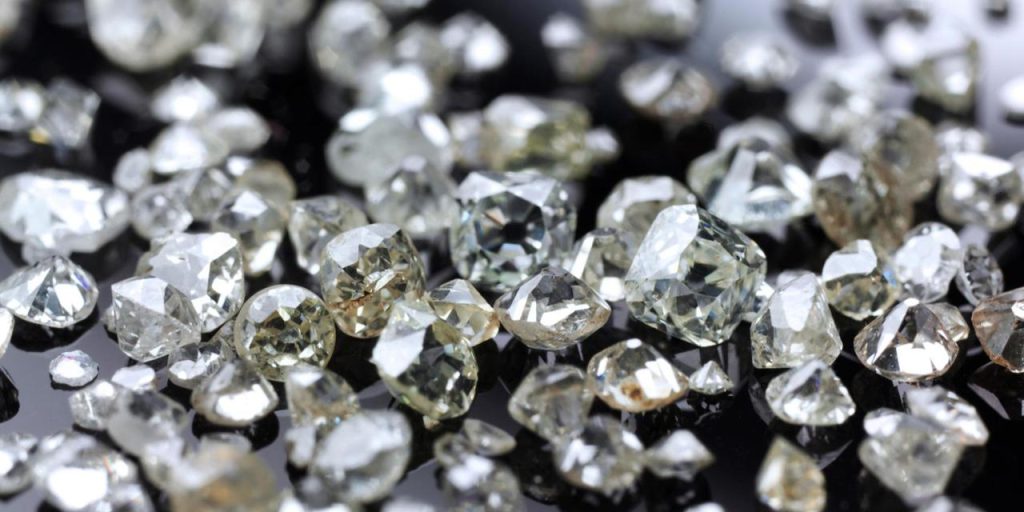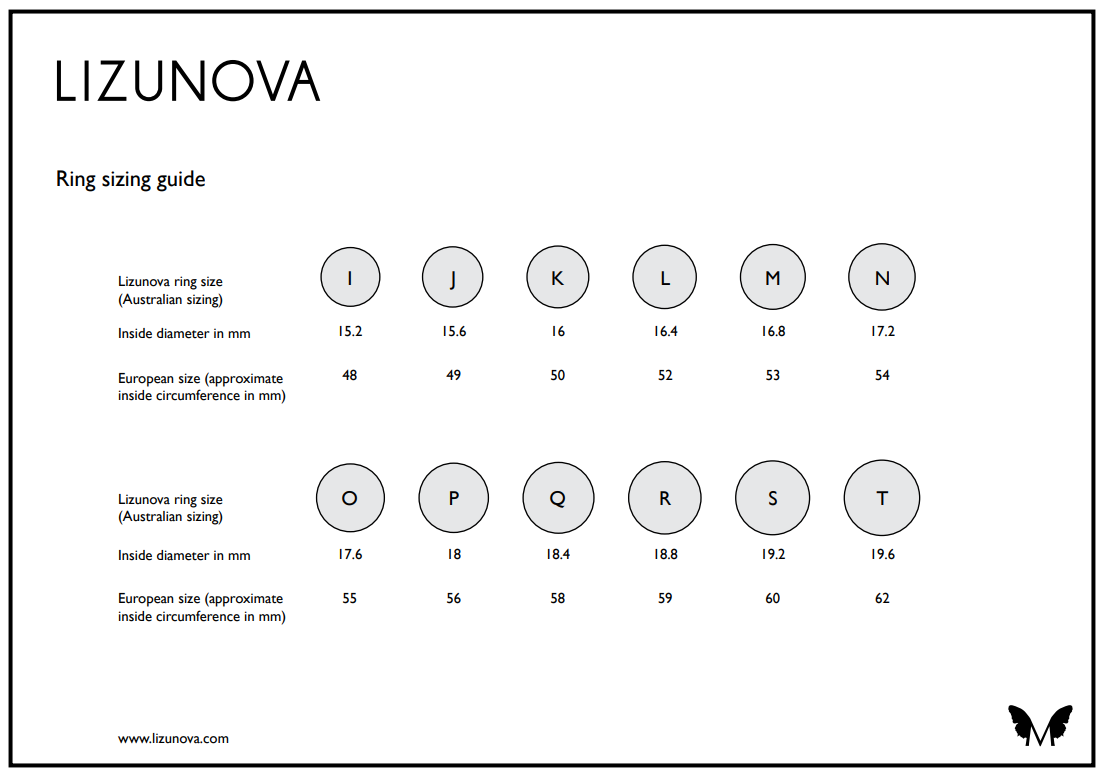Diamond, the traditional engagement ring centre stone and an alluring gem used in much of historical, as well as contemporary jewellery, may be rather ubiquitous, however there are some lesser known and interesting facts, beyond the more well known 4Cs, about this beautiful gemstone.
1. Diamonds are the hardest known natural substance on Earth
They measure 10 on the Mohs scale of hardness with talc being the softest substance at one. Diamonds can only be scratched by other diamonds and due to their superior hardness, they have great durability and are ideal for engagement and wedding ring settings as they can be worn with confidence every day. As they are scratch resistant, their facet edges remain sharp much longer than other gemstones.
2. The word diamond comes from the Ancient Greek word “adamas”
Adamas translates as "proper", "unalterable", "unbreakable", "untamed" - a fitting name for the hardest natural substance on Earth! Diamond’s lustre is known as adamantine and is the brightest of all lustres. Due to its superior hardness, diamond can take a high polish and reflects light superbly.
3. Diamonds have been known to mankind for a very long time
They are believed to have been first mined in India at least 3,000 years ago and probably as far back as 6,000 years ago. The Ancient Indians used diamonds as religious icons and also implemented them into engraving tools. They were discovered in alluvial deposits in the rivers Penner, Krishna and Godavari.
4. Diamond is the only gemstone to have a single element as its equation
Diamond has only one element – “C”, which is the symbol for Carbon. All other gemstones are mineral compounds.
5. There are naturally occurring diamonds in most colours
Even though most of us think about diamonds being white (they are in reality colourless at their most ideal; the D colour grading is totally colourless), diamonds can be found in the following colours: colourless, yellow, orange, red, pink, brown, black, blue, violet and green. They are coloured by minute quantities of trace elements such as nitrogen, hydrogen and boron or by plastic deformation, which means interruptions to the crystal lattice during their dramatic journey from the Earth’s mantle to the surface via diamond pipes.
6. Why do we see rainbow sparkles of colour in diamonds?
This is due to the phenomenon known as dispersion. Dispersion is the diamond crystal’s ability to break up white light into the spectral colours as the light is bounced and totally internally reflected inside the faceted stone. Dispersion is known as ‘fire’ in the jewellery trade.
7. Diamonds repel water so are therefore hydrophobic
This means that a diamond’s surface cannot be made wet. The flip side of this is that diamonds attract oil and grease, which is extremely useful during the mining process when sorting diamond from other minerals. The downside for jewellery wearers is that diamonds need constant cleaning as contact with hand cream, sunscreens and cosmetics can affect their sparkle. The simplest way to clean your diamonds at home is to soak them in warm water with a few drops of a mild dish washing liquid. A soft brush can then be used to remove grime from the surface of the diamonds and under the settings. This method is safe for cleaning most gemstones. For more information, head to our blog Tips To Keep Your Diamonds Clean.
8. ‘Diamonds are Forever’ according to the 1940s campaign by de Beers
De Beers' campaign relaunched the popularity of diamonds to the American public. Diamonds that make it to the Earth’s surface are generally 1 billion to 3.3 billion years old so seem worthy of the lasting ‘forever’ slogan. However, they are not indestructible. Diamond has perfect yet difficult octahedral cleavage in four directions which means along these cleavage planes the atomic bonds in the crystal lattice are weaker. These planes of weakness enable diamond markers to cleave the diamond in the appropriate place so the crystal will split into two pieces. Diamonds can be chipped and fractured which comes as a surprise to most people.
9. Diamonds exist in space
As diamond is a form of carbon with predominantly covalent atomic bonding it comes as no surprise that diamond could exist in space. Although diamonds on Earth are rare, extra-terrestrial diamonds are very common. Microscopic diamonds not much larger than molecules are abundant in meteorites and some of them retain a record of their formation in stars before the Solar System existed. High pressure experiments predict that large quantities of diamonds are formed from methane on Uranus and Neptune (it is thought, through mathematical predictions, that on Uranus and Neptune it rains diamonds!), while some extrasolar planets may be almost entirely composed of diamond. Diamonds are also found in stars and may be the first mineral to have formed.
10. Man can make diamonds of his own
Synthetic gemstones are not fake gemstones; they have the same physical, chemical and optical properties as their natural counterparts. The difference is that natural occurring diamonds took up to 3 billion years to form under the Earth’s mantle while synthetic diamonds are created by man in laboratory conditions over several months. During the 20th century the race was on to synthesise diamond. There are two methods, high-pressure/high temperature and chemical vapour deposition. Most synthetic diamond is used for industry, however synthetic diamonds of gem quality are now being produced and only a highly trained gemmologist with special instruments can detect the difference from natural stones.
Image Credit: bbc.com



